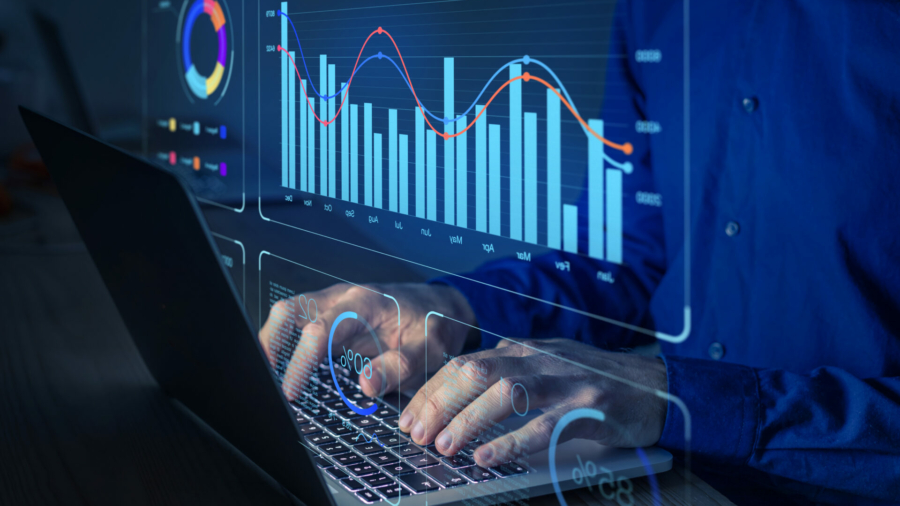In today’s fast-paced and highly competitive business environment, staying ahead of the curve is crucial for success. One of the major trends that are reshaping industries across the globe is the integration of big data analytics and machine learning into business operations. The combination of these two technologies has proven to be a game-changer for businesses, providing them with valuable insights, improved decision-making capabilities, and a competitive edge in the market.
What is Big Data Analytics?
Big data analytics refers to the process of examining large and varied datasets to uncover hidden patterns, correlations, and other valuable information. Businesses can harness the power of big data analytics to gain a deeper understanding of their customers, identify trends in the market, optimize their operations, and make more informed decisions. By leveraging advanced analytics tools and techniques, companies can transform raw data into actionable insights that drive strategic decision-making and drive business growth.
What is Machine Learning?
Machine learning is a subset of artificial intelligence that enables computers to learn from data and make predictions or decisions without being explicitly programmed. By using algorithms and statistical models, machines can analyze large datasets, identify patterns, and make predictions with high accuracy. Machine learning has applications across various industries, from healthcare and finance to marketing and supply chain management, helping businesses streamline processes, improve efficiency, and drive innovation.
The Impact of Big Data Analytics and Machine Learning on Businesses
The integration of big data analytics and machine learning has revolutionized how businesses operate and make decisions. By combining the power of data analytics and machine learning, companies can extract valuable insights from their data, automate processes, and drive business innovation. Here are some of the key ways in which big data analytics and machine learning are reshaping businesses:
1. Improved Decision-Making: By analyzing large datasets and leveraging predictive modeling techniques, businesses can make data-driven decisions that are more accurate and reliable. Machine learning algorithms can identify patterns and trends in data that humans may miss, helping companies anticipate market changes, identify opportunities for growth, and mitigate risks.
2. Personalized Customer Experiences: Big data analytics and machine learning enable businesses to customize products, services, and marketing campaigns to meet the unique needs and preferences of individual customers. By analyzing customer data, businesses can create personalized recommendations, targeted advertisements, and tailored offers that drive customer engagement and loyalty.
3. Operational Efficiency: Machine learning algorithms can optimize business processes, automate repetitive tasks, and enhance operational efficiency. By analyzing data in real-time, businesses can identify inefficiencies, streamline workflows, and improve productivity. From inventory management to demand forecasting, machine learning can help businesses make better decisions and improve overall performance.
4. Competitive Advantage: In today’s hyper-competitive market, businesses that leverage big data analytics and machine learning have a significant advantage over their competitors. By harnessing the power of data and technology, companies can innovate faster, adapt to changing market conditions, and stay ahead of industry trends. Businesses that embrace big data analytics and machine learning are better equipped to make strategic decisions, drive growth, and achieve long-term success.
Overall, the integration of big data analytics and machine learning is transforming businesses across industries, enabling them to unlock new opportunities, improve efficiency, and drive innovation. By harnessing the power of data and technology, businesses can stay ahead of the curve and thrive in today’s digital economy.

